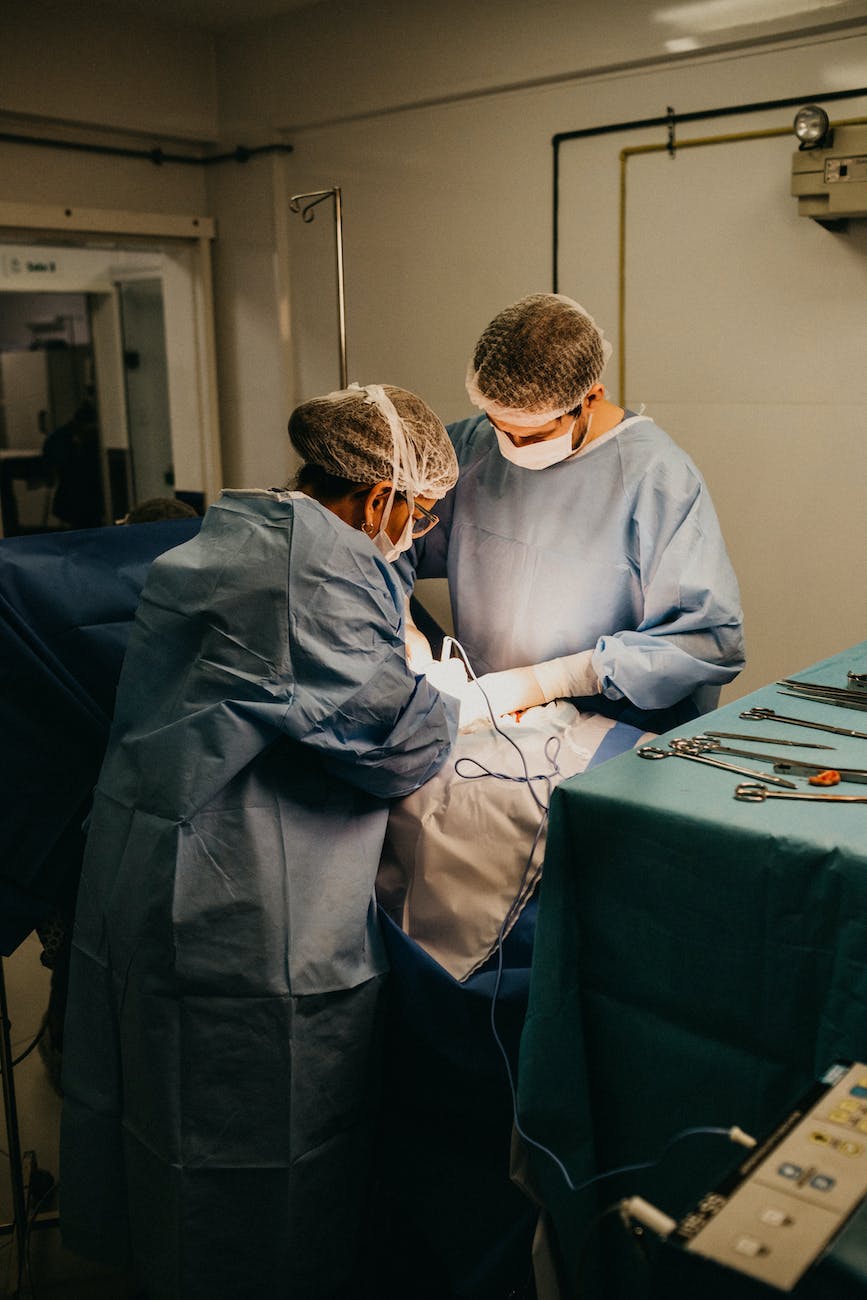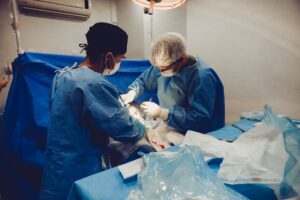Introduction
Operation Notes for Herniorrhaphy: Herniorrhaphy is a surgical procedure used to repair hernias, a condition in which an organ or tissue pushes through a weak spot in the surrounding muscle or connective tissue. Unlike hernioplasty, herniorrhaphy involves suturing the edges of the healthy muscle tissue together to close the defect without the use of synthetic mesh.
Date: [Current Date]
Patient: [Patient’s Name]
Surgeon: [Surgeon’s Name]
Procedure: Herniorrhaphy (Tension Repair)
Procedure
- Positioning:
- The patient was positioned in the supine position.
- Skin Preparation:
- The skin over the area of the hernia was cleaned and draped in a sterile fashion.
- Incision:
- An incision was made over the area of the hernia, typically parallel to the inguinal ligament for an inguinal hernia.
- Dissection:
- The subcutaneous tissue was dissected to expose the hernia sac, which was then isolated and opened.
- Hernia Reduction:
- The contents of the hernia sac were inspected and reduced back into the abdominal cavity. If the contents were not reducible or appeared ischemic, appropriate steps were taken such as bowel resection.
- Hernia Repair:
- The edges of the healthy muscle tissue surrounding the hernia were sewn together to close the defect (tension repair). This was done using non-absorbable sutures.
- Closure:
- The wound was closed in layers using absorbable sutures. The skin was closed with non-absorbable sutures, staples, or skin glue, based on the surgeon’s preference, and the wound was dressed.
Postoperative Plan: [As Suggested by Surgeon]



